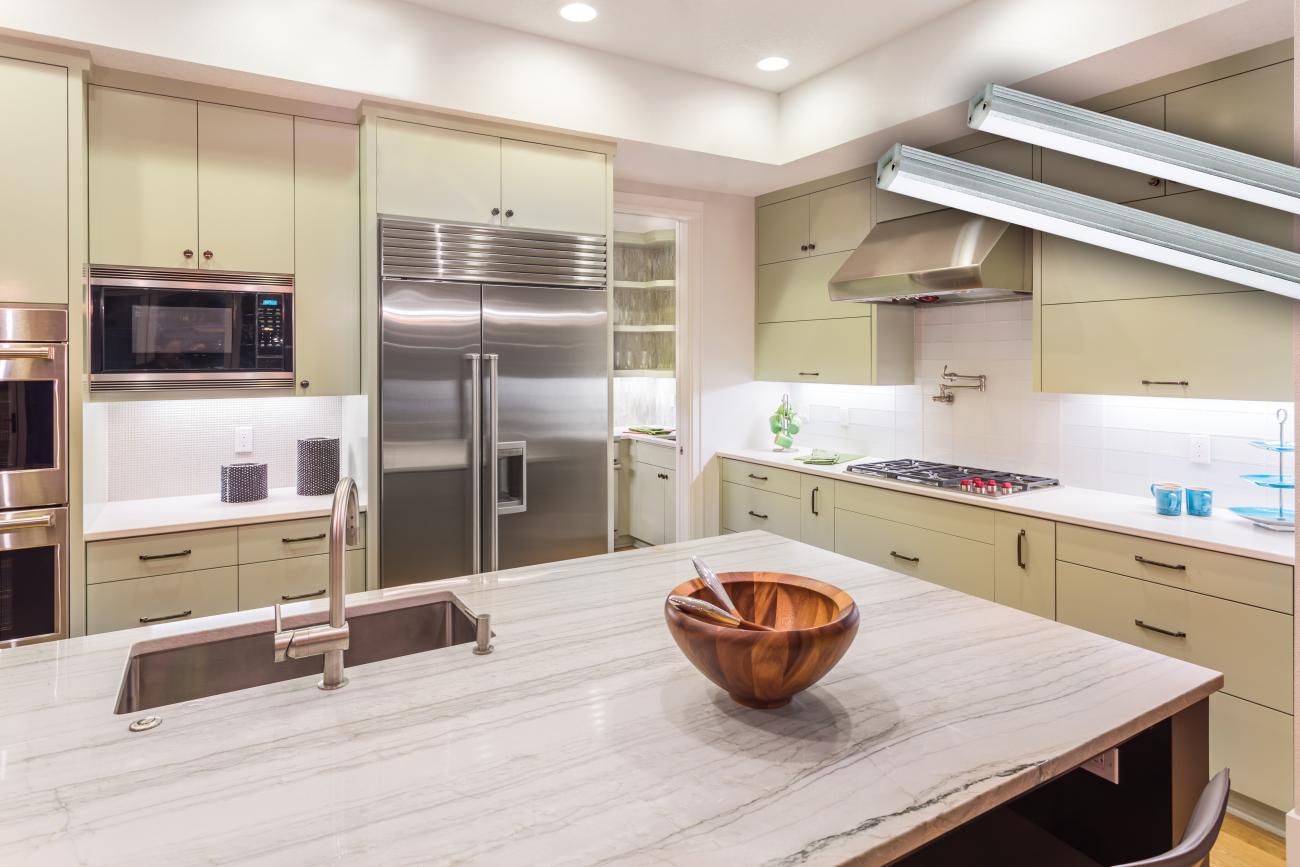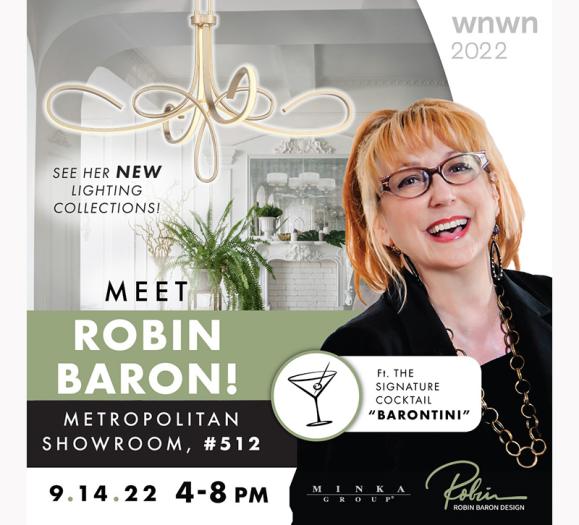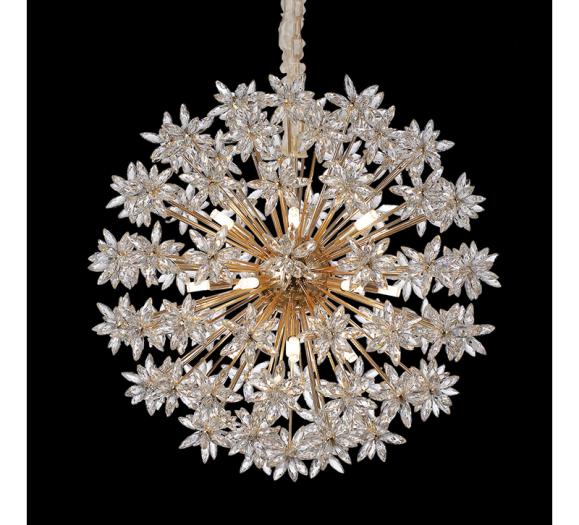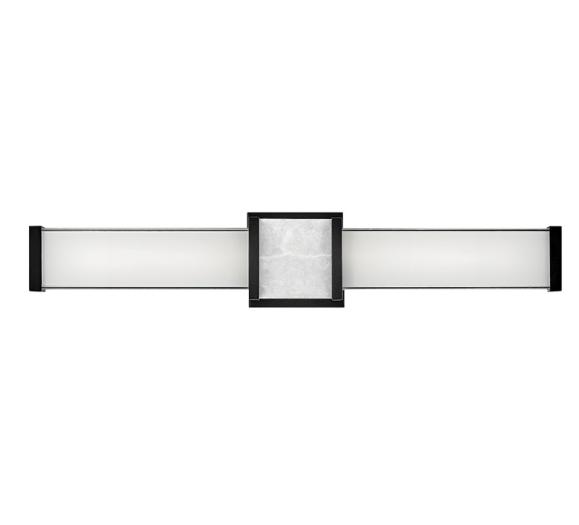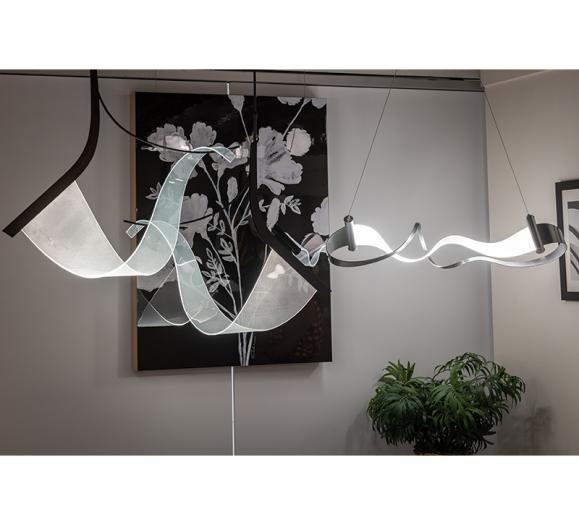Q: What is the best way to avoid glare on a granite counter when using under-cabinet lighting?
A: While highly polished granite counter tops are still popular, what we are seeing in the design world is a move toward more matte finishes. Designers and builders are using concrete, marble, slate, soapstone, quartz and other composite materials for their countertops and moving away from the highly reflective surfaces. Granite too, is being specified in honed finishes. My favorite is a “flamed” finish, where the granite has a wonderful textural feel. Face it: A spectral surface is a mirror. It will reflect any light source, whether it is incandescent, fluorescent or LED. You can’t make a mirror stop being reflective unless you alter the surface. Or you could consider not dusting.
Related Questions:
Q: I am changing the old fluorescent tubes in my kitchen to new recessed LED lights. My original estimate included the installation of 6-inch cans, trim and lights, but now the electrician tells me that he no longer uses cans. He is now installing lights directly into junction boxes. I realize this reduces costs for him, but there isn't an "airtight" option with J-box installation like there is with cans. Is that an important consideration? Also, would the absence of a can affect my ability to change the fixtures in the future?
A: What your electrician is suggesting is a surface-mounted fixture that is about the size of a dessert plate. It uses an LED source, which is dimmable. My main concern about this type of fixture is that is does produce quite a bit of glare. A more traditional recessed fixture does a much better job of hiding the light source. Using an airtight recessed fixture does keep heating and air conditioning from being lost through the openings created by the installation of recessed fixtures. The shallow LED "dessert plates" are airtight since they do not pierce the ceiling. You could easily change out these fixtures to another surface-mounted fixture or a pendant-mounted fixture from the existing J-box.
My recommendation, though, is to go to a more traditional recessed airtight fixture that uses an LED source. You want to pick one where the lens that hides the LED diodes is regressed back into the fixture so that it is not flush with the ceiling plane. There are a lot of manufacturers out there. I would recommend that you find one that has a warm color temperature (2700K), has a good lumen output (the equivalent of a 75W reflector bulb or better) and is dimmable. Take a look at the Cree CR4 and CR6, which fit into most 4-inch and 6-inch housings. I also like the WarmDim by Juno, where the LED lighting appears to get warmer as it is dimmed.
Q: We have moved into a fantastic high-rise condominium, but we have a problem: The ceilings are concrete and we just have one junction box in the main room. How do we do anything beyond track?
A: First of all, congratulations for being able to buy a home in these difficult times. I am currently subletting my kitchen to a family of four.
You have a problem that many condo owners face. How can you create effective lighting when there is an impenetrable surface? The answer is to create a surface that is penetrable. This involves lowering the ceiling enough to allow for recessed fixtures. More than likely, it has already been done in the kitchen and bath to get fans, HVAC and some recessed fixtures into these areas.
One of my favorite techniques is to just drop sections of ceiling with panels that appear to float away from the ceiling. Suspend these panels just far enough from the ceiling to allow for recessed remodel cans (around 6 inches). For an added layer of illumination, install a perimeter run of indirect light to bounce off the actual ceiling. The illusion is that the ceiling appears to be higher, not lower. The cost is much less than it would be to lower the whole ceiling.



